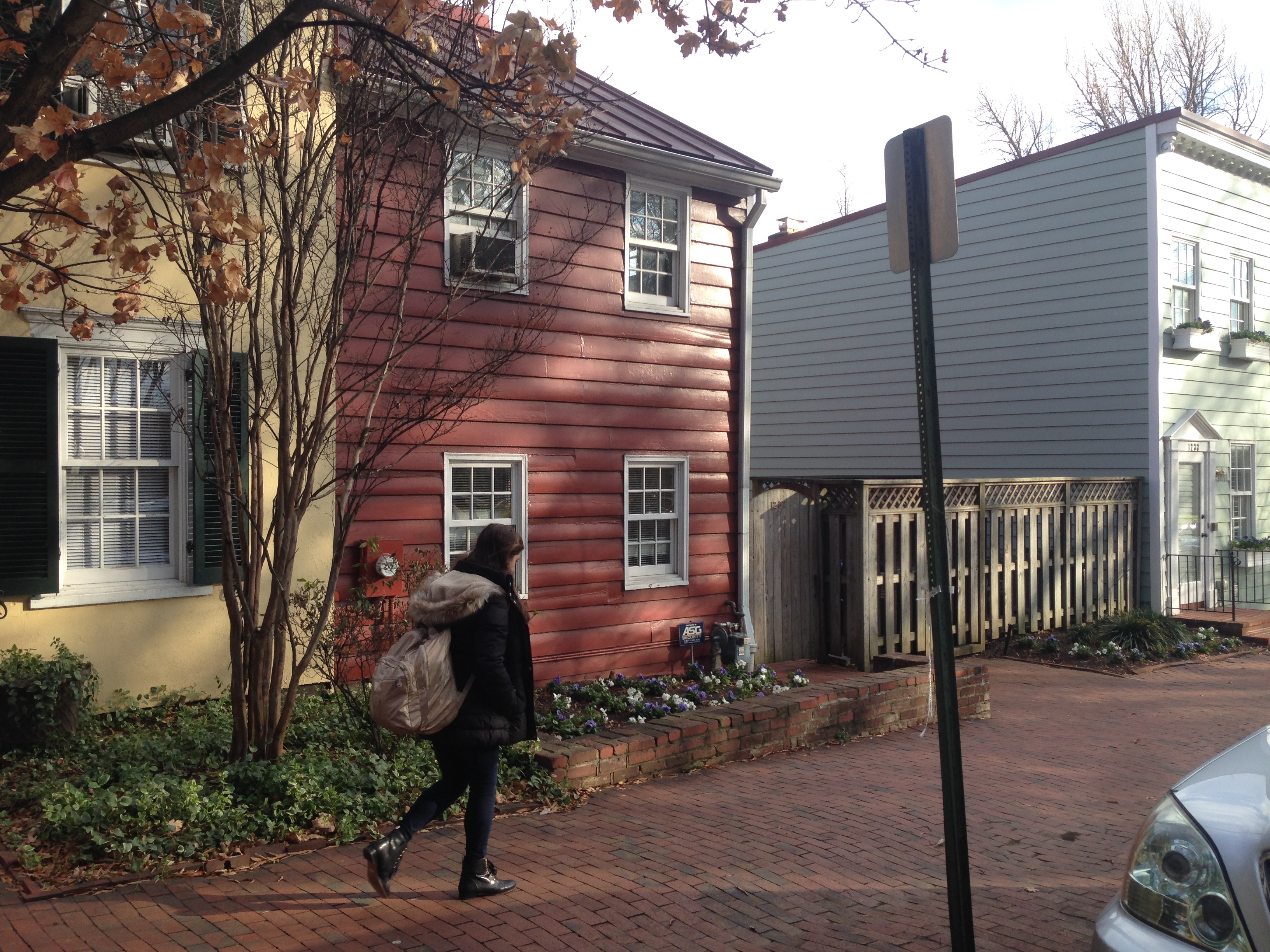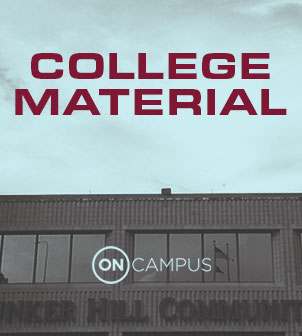
The red house in Georgetown is located off campus and is meant to be a space where faculty and students can talk candidly about their university. (Kirk Carapezza/WGBH).
The way higher education is packaged and delivered in this country is rapidly changing. Soaring costs and online alternatives are prompting many traditional colleges and universities to take a long look in the mirror, including one faculty-led think tank located in the shadow of Georgetown University in Washington D.C.
Just around the corner from Georgetown's castle-like campus sits a little red house. Cozy and warm, it feels more like a bed and breakfast than a conference hall.
With the university's backing, Vice Provost for Education Randy Bass opened this red house six months ago. Off campus, it's designed as a sort of institutionalized coffee house, where faculty and students can discuss the future of Georgetown more candidly.
In the living room, professors run ideas by each other. Near the kitchen, a few are developing a new minor where group projects would replace classes. Others want to launch a combined four-year B.A. and M.A. program. Above the fireplace, a yellow banner says in big bold letters: "Yes, A University Can Reinvent Itself."
"This was our way of reminding ourselves that we can do this," says Bass, pointing to the sign.
What they're trying to do is redesign Georgetown so that the $50,000 price tag is worth the investment.
"The number one obstacle to agile change is definitely the one-size fits all model, that all courses, or most courses, are 15 weeks," Bass says. "We count learning to happen at the same pace. I think that's the one thing that has to give."
Of course, another obstacle is higher ed bureaucracy. If any of these ideas percolating inside the red house are to become reality, Georgetown's faculty senate will have to approve them.

Faculty use the space to brainstorm and bounce new ideas off each other. (Kirk Carapezza/WGBH).
"There's always talk on university campuses about reinventing the way we do things," says Richard Vedder, who directs the Center for Affordability and Productivity at Ohio State. "I've never seen anything quite like this."
Vedder thinks there's some potential for progressive ideas to come out of Georgetown's red house, but he's still skeptical.
"It's just that history is not on the side of Georgetown doing anything very radical," Vedder says. "The history of change in higher ed is usually externally directed. Universities are notoriously conservative. They tend to change slowly, under duress."
The resources Georgetown is spending on the red house, including rent, are coming from philanthropy - alumni, parents and foundations. The university won't say how much it's investing, but Vice Provost Randy Bass says the space has started to feel like it has a certain symbolic value.
"Even just to walk across the street and be in a space that felt completely different," Bass says. "A kind of safer space to start imagining what is possible."
And Bass says faculty plan to stay here for at least three years, searching for a cure for what ails higher ed.










